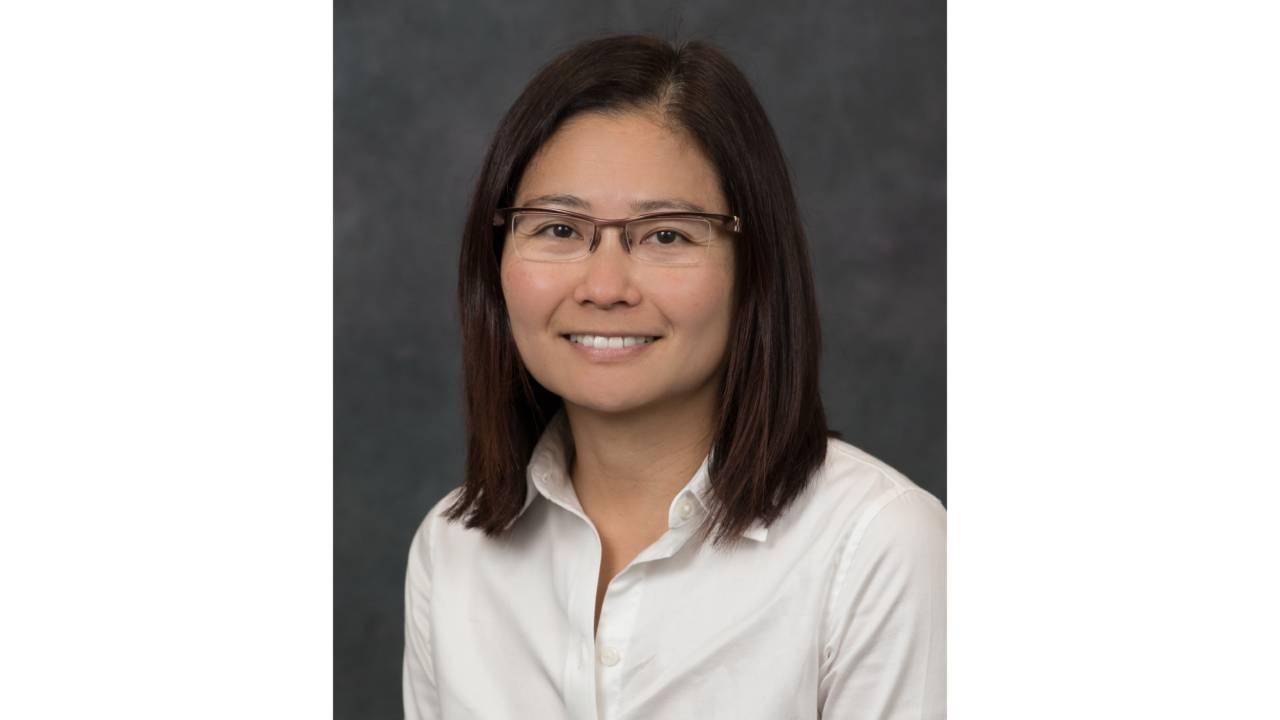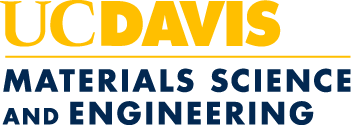
Faculty Spotlight: Yayoi Takamura
This spotlight is part of the College of Engineering 2022 International Women's Day feature.
Describe your personal and professional background and current role in the College of Engineering.
I received my B.S. from Cornell University in 1998 and M.S. and Ph.D. degrees from Stanford University in 2000 and 2004, respectively, all in Materials Science and Engineering. I was a postdoctoral researcher at UC Berkeley with Professor Yuri Suzuki in the Department of Materials Science and Engineering before joining the Materials Science and Engineering Department at UC Davis in July 2006. After serving as Vice-Chair from 2017-2020, I became the first female chair of the department at UC Davis in July 2020.
What led you to the engineering field?
Growing up, my teachers always strongly encouraged me to pursue a career in STEM. However, even as I applied to college, I didn't know exactly which major I wanted to pursue. I applied to architecture at a few schools but ultimately chose to enroll in engineering since I was attracted to the applied nature of the major compared to the pure sciences. I like to tell students that ‘engineer’ comes from the word 'ingenuity,’ and engineers use their ingenuity to apply concepts from basic sciences towards tangible applications. I found materials science and engineering as a major after attending a first-year seminar class taught by two energetic (crazy) faculty members who taught us about the materials used in CDs and CD players. After that, I was hooked.
Highlight your current research. What do you love about it, why are you excited and how do you stay motivated?
The development of next-generation spintronic devices, sensors, and neuromorphic computing devices requires the development of materials with new functional properties not found in conventional bulk materials. A novel route involves harnessing the unexpected physical phenomena that result from the changes in structure and chemistry which occur over nanometer scales at surfaces and interfaces. The approach of this work utilizes laser-assisted growth to control interfacial properties with atomic layer precision in combination with state-of-the-art techniques for characterizing the structural, chemical, magnetic, and electrical properties. This way, a complete understanding of the origins of new magnetic and electronic properties derived from interfacial mechanisms can be determined. The class of materials that we study are sometimes referred to as 'complex oxides' as they are complex in terms of their chemical composition and structure, but also because their functional properties depend on many subtle influences. This complexity can be frustrating for some since simple theories and models cannot accurately predict their properties. Still, I find it fascinating when things don't work as expected, as it means that there is so much more to learn.
The 2022 International Women’s Day theme is #BreakTheBias. How do you support gender equity and #BreakTheBias in the engineering field?
My general approach in life is to lead by example and put 110% effort towards excelling in the important goals. I try to demonstrate that gender does not prevent me from excelling, and I try to be a good role model to the next generation to inspire them to work hard towards their goals. Perhaps I have benefitted from being stubborn by nature, but setbacks and naysayers often propel me forward rather than deter me.
